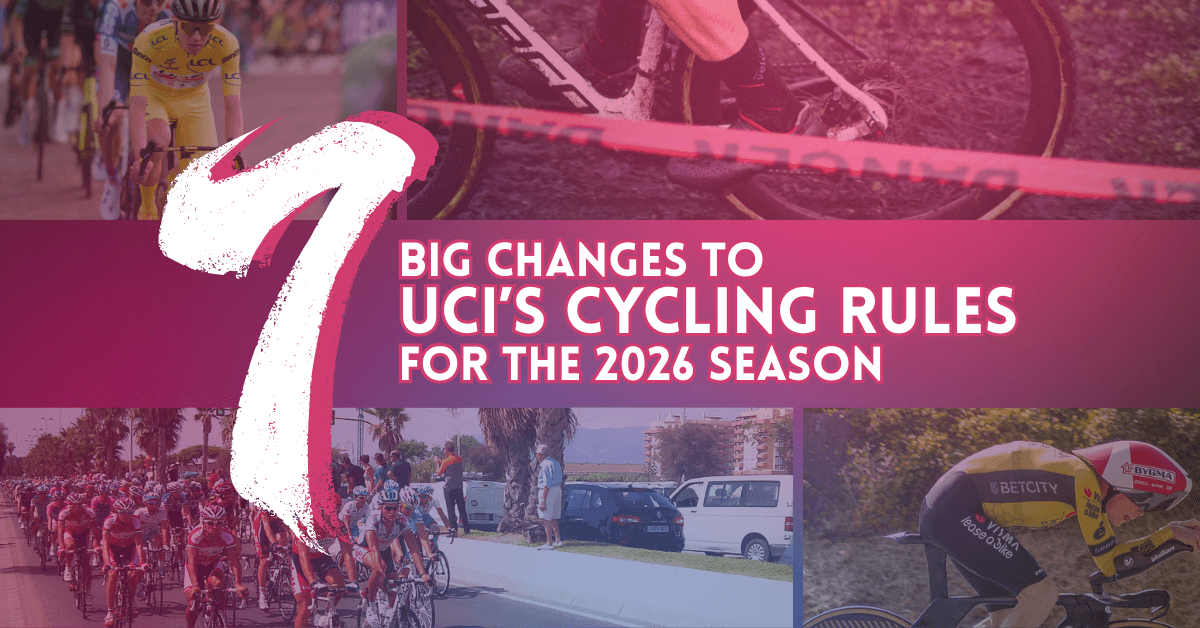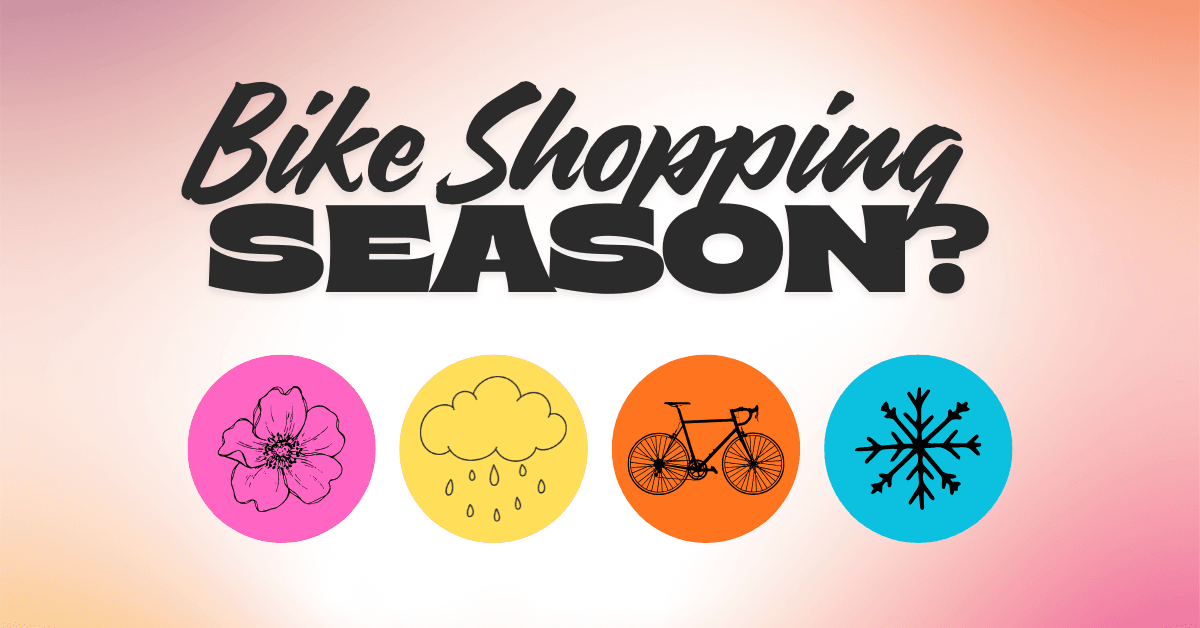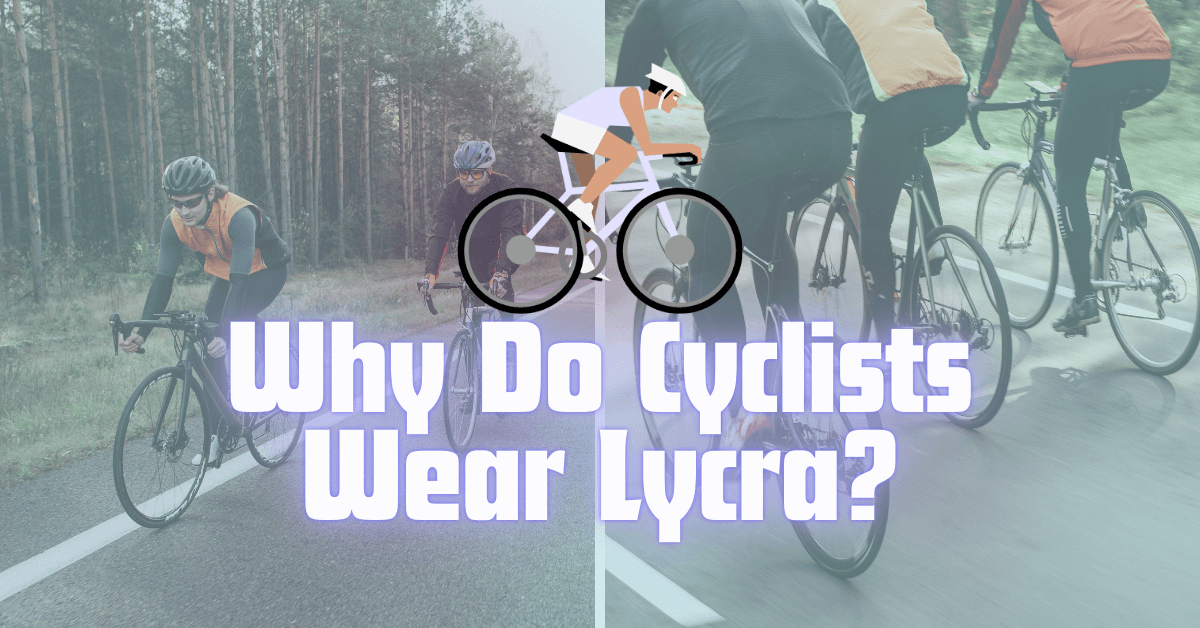Cyclists who crave the efficiency of clipless pedals but also the flexibility of regular shoes, rejoice! Dual-sided pedals are a clever solution that combines the best of both worlds. But is it worth changing to a dual-sided setup on your bike as a beginner or intermediate rider? Let’s find out.

Photo from Ashley de Lotz (via Unsplash)
What are dual-sided pedals?
Dual-sided or double-sided pedals offer a clipless mechanism on one side for a secure connection to your bike while pedaling. The other side features a flat platform with traction pins, allowing you to comfortably ride in regular sneakers or flat cycling shoes without cleats. This versatility makes them ideal for situations where you might clip in for efficiency on longer rides, but also want the option to commute, stop for coffee, or navigate technical terrain unclipped.
For beginner cyclists, dual-sided pedals can be a game-changer. Unlike traditional clipless pedals that require cycling shoes with cleats, dual-sided pedals offer riders the chance to switch to a flat platform at any time, even mid-ride. This means beginners can build confidence and bike control by using their own sneakers or casual shoes while they get accustomed to riding. As their skills progress, they can easily switch to the clipless side, ultimately improving power transfer and efficiency. However, it is simple to go back to a flat pedal when frustrated with the learning process. Think of them like training wheels for the adult road cyclist. The two-in-one solution eliminates the need for any complicated pedal swaps, making dual-sided pedals the most convenient and progressive choice for new riders.
While dual-sided pedals have a lot to offer, they do come with some notable drawbacks. They tend to be heavier than single-sided clipless pedals. The platform side can be much bulkier, affecting shoe clearance, and might not be as grippy or comfortable as a dedicated platform pedal. Additionally, finding the clipless side for quick engagement can be tricky, and the overall cost may be higher than other pedal setups.
When should I switch to dual-sided pedals?
While dual-sided pedals offer a tempting blend of convenience and performance, the switch isn’t a one-size-fits-all solution. Serious cyclists focused on shaving seconds — and weight — off their rides might find the heaviness a dealbreaker. Similarly, riders who regularly tackle technical terrain like gravel courses might prefer a dedicated platform pedal. Ultimately, the decision to switch should be made on a case-by-case basis, considering your riding style, performance goals, and the terrain you frequent.
Are they a good choice for beginners?
If you’re a cycling newbie who’s curious about clipless pedals but hesitant to commit, dual-sided pedals are basically made for you. They offer the security and efficiency of clipless on one side for when you’re ready, with the comfort and familiarity of a flat platform on the other. This lets you ease into the world of clipless at your own pace, building skill without the need to switch between two sets of pedals all the time.
Already comfortable cruising on flats? While dual-sided pedals offer the best of both worlds, for riders who’ve already invested in nice flats and are comfortable riding, the jump to clipless-only pedals might be the smarter move. Consider the cost. Dual-sided pedals come at a premium compared to standard clipless options. Since you already have flats, you’re essentially paying for a platform you likely won’t use as much. Upgrading to clipless focuses your investment on getting the best possible power transfer and pedaling efficiency.
You should also think about your riding style. If you primarily enjoy casual rides in your neighborhood or to the coffee shop down the street, flats might outweigh the benefits of clipless. For fitness-focused cyclists or those tackling longer distances, the efficiency boost of clipless can be significant. Ultimately, if you’re comfortable and confident on flats, a full transition to lightweight clipless-only pedals might offer a more noticeable performance jump compared to dual-sided pedals.
Are dual-sided pedals worth it for commuters?
Commuter cyclists juggle a unique set of needs. Efficiency is key for battling traffic lights and maintaining a good pace, while the ability to hop off quickly and navigate busy streets with ease is also essential. Dual-sided pedals can be a good match for this lifestyle, especially if you have experience using clipless pedals before. On the way to work, commuters can clip in to maximize their effort. During errands or grabbing coffee, the flat platform allows for easier starts and stops without the need to fumble for clipped-in shoes. As always, you won’t need to waste time swapping pedals, but you also won’t need to carry extra shoes to work. As such, dual-sided pedals can be a great choice for commuters.
Benefits abound for spin bikes.
Spin bikes and dual-sided pedals are a match made in fitness heaven. Since spin bikes are stationary, the weight and bulk that might be a concern for road cyclists become non-issues. During a spin class, you can switch between the clipless side for high-intensity efforts where power transfer is key, and the flat platform side for drills, practice, or moments when you need to quickly jump off the bike or adjust your position. The versatility lets you tailor your workout to target specific goals within the same session, all without having to swap pedals or worry about clipping in and out.
Before you snag those dual-sided pedals for your spin sessions, double-check your bike’s compatibility! Most stationary bikes do use a standard 9/16″ spindle, but it’s always a good idea to consult your bike’s manual to ensure a perfect fit.
How do I choose the right dual-sided pedals?
The beauty of dual-sided pedals is that they cater to a range of budgets and riding styles. Price points can vary depending on factors like weight, materials, and brand name. For casual riders or those new to clipless, there are affordable options that are perfect for your needs. More experienced cyclists can find pedals with adjustable tension settings, chromoly steel axles for extra durability, and lightweight construction for minimal weight penalty.
Read more: Want help choosing the best dual-sided pedals? Check out some of our top recommendations here.
Tips to install and ride with your new pedals.
Installing bike pedals is a fairly straightforward process, but requires the right tools and a little attention to detail. First, identify your left and right pedals – they’ll typically be marked with an “L” and “R”. Apply a dab of grease to the threads of the pedal axle for smoother installation and future removal. Then, screw the correct pedal in (clockwise for right, counter-clockwise for left) by hand as far as it goes. Finally, tighten the pedal securely using a pedal wrench or Allen key, but avoid overdoing it – a firm turn should suffice. Remember, loose pedals can be dangerous, so double-check tightness before your next ride! You want it to be tight but not too tight.
On the clipless side, adjusting tension on dual-sided pedals is similar to dedicated clipless. The tension controls how easy or difficult it is to remove your cleat from the pedal. Locate the small screw on the clipless mechanism – there might be one for each side. Using a hex wrench, turn clockwise to increase tension for a more secure clip-in, and counter-clockwise to loosen it. Practice clipping in and out with the adjusted tension to find your sweet spot. Remember, muscle memory is key, so don’t be discouraged if it takes a few tries to clip in smoothly on both sides.
Is it difficult to start riding with clipless pedals?
Switching to clipless for the first time can feel daunting, but with a little practice, it becomes second nature. Adjust the tension on the pedals to be relatively loose, making it easier to clip out initially. You can find a safe, grassy area away from traffic to practice clipping in and out of both sides while stationary. Once comfortable, try short rides, focusing on clipping out far in advance of coming to a complete stop. This allows you to put your foot down for balance. Gradually increase the distance once you can clip in and out smoothly. Remember, falls happen, but with some practice you’ll be enjoying the efficiency of clipless pedals in no time at all.
I hope this article helped you decide if dual-sided pedals are a good fit for your cycling lifestyle. Their versatility really caters to a range of riders, from budget-conscious beginners to seasoned explorers. However, if dedicated flats or clipless are a better choice for you, that’s totally okay. Remember to choose whatever makes you enjoy cycling the most!
Read more: Want more gear guides? Check out our Gear category here.
Do you use dual-sided pedals? What are the major pros/cons you have in mind? Share your thoughts or questions in the comments section below! We’d love to hear from you. ★










Leave a Reply